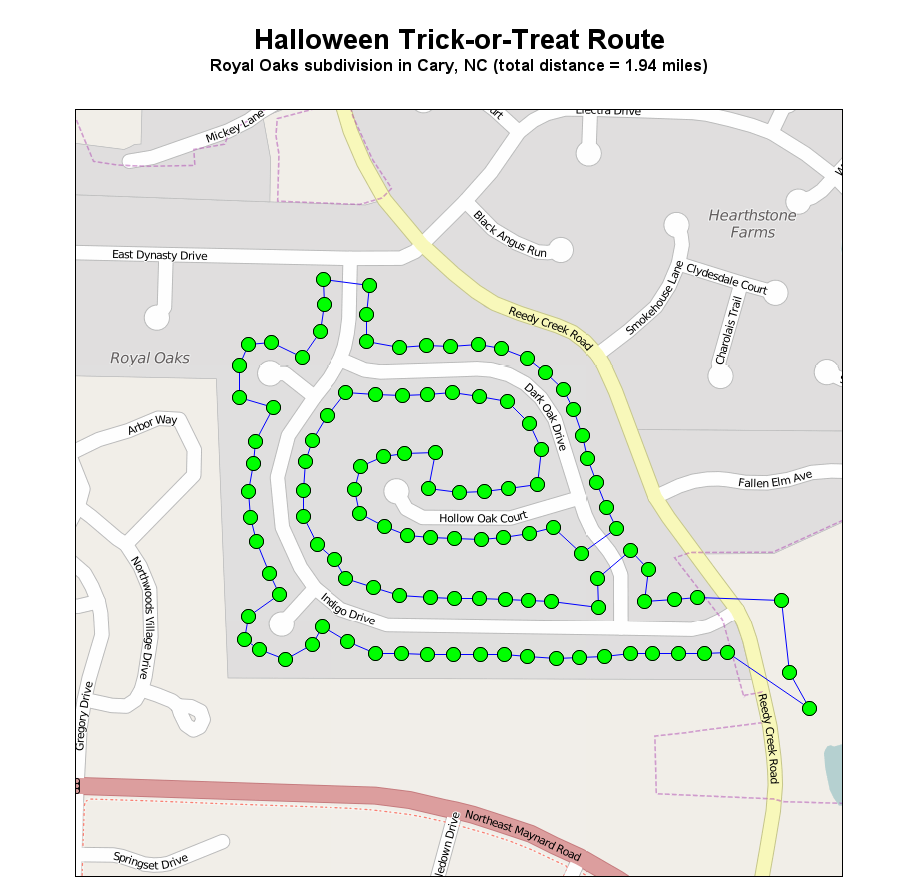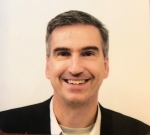
I recently met SAS user "CSC" at the Analytics 2015 conference. It might be generous to say that he's an avid user of SAS Enterprise Guide; it's probably more accurate to say that he's now accustomed to the tool and he's once again productive. But he still misses some features










































